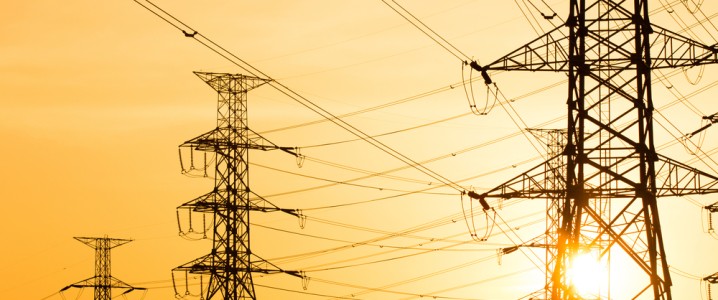India saw record-high power generation from solar plants between January and April, with solar electricity output soaring by 32.4% from a year earlier and keeping coal-fired generation essentially flat despite rising demand.
The record solar generation of 57.8 terawatt hours (TWh) in the period January to April—when coal power typically peaks – could lead to the first annual decline in coal generation since the Covid year 2020, Reuters columnist Gavin Maguire notes.
While solar power output surged to a record high, coal remained flat, and natural gas power generation dropped by 27%, according to data from Ember cited by Maguire.
After the January-April period, India’s coal power generation dipped in May to the lowest since 2020, as a lack of heatwaves and soaring renewable energy installations and generation pushed down coal demand in the electricity sector.
Soaring solar generation could mark the beginning of a dramatic change in the electricity mix in India, the world’s second-largest coal consumer, where coal continues to account for about 70% of power output.
Last year, India overtook Germany to become the world’s third-largest generator of electricity from wind and solar in absolute terawatt hours, Ember said earlier this month. However, fossil fuels still accounted for 78% of power generation, according to Ember’s data.
India is one of only ten countries planning to triple renewable generation capacity from 2022 levels by 2030, the think tank noted.
Ember analysis suggests that the country will reach 42% renewable electricity generation by 2030, according to current plans.
“India has made significant progress with the rapid adoption of renewables. But the country now faces a key challenge – ensuring its clean generation grows fast enough to meet rising demand,” said Neshwin Rodrigues, Senior Energy Analyst at Ember.
In the 2024/2025 financial year ended March 31, 2025, India installed a record high 29.52 GW of renewables capacity, hitting 220.10 GW in total, amid booming solar energy installations. Solar additions jumped to 23.83 GW in FY 2024–25, up from 15.03 GW added in the previous year, government data showed.
The country aims to achieve 500 GW of non-fossil fuel power capacity by 2030.
By Tsvetana Paraskova for Oilprice.com
More Top Reads From Oilprice.com

